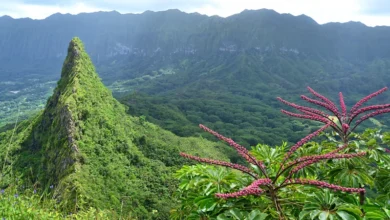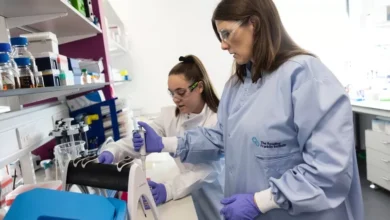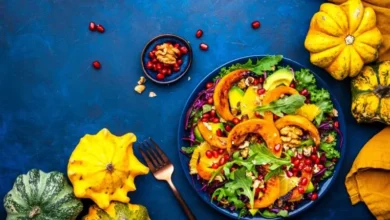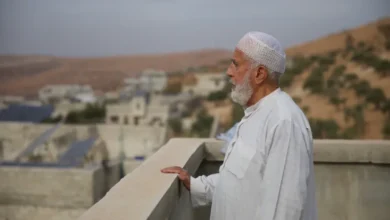Man prises crocodile’s jaws off his head at Australian resort
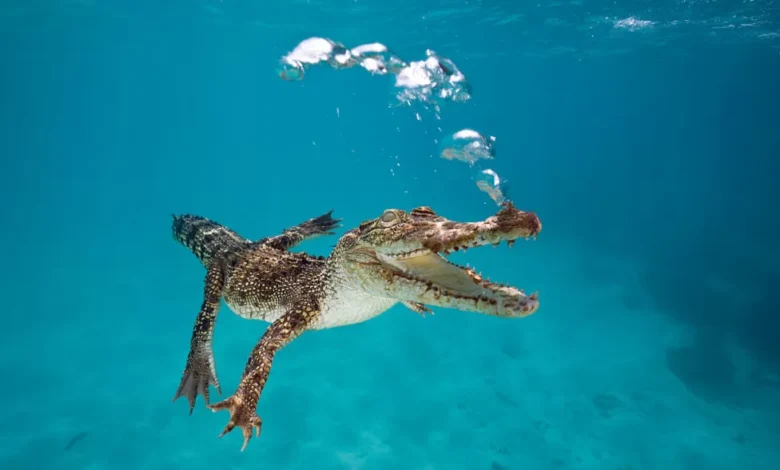
An Australian man has escaped with his life after being attacked by a saltwater crocodile while snorkelling at an exclusive Queensland resort.
Marcus McGowan, 51, has detailed how he managed to prise the predator’s jaws off his head, suffering lacerations.
He was airlifted to a nearby island hospital, and later flown to Cairns for further treatment.
Crocodile attacks are uncommon in Australia, but there have been several in recent months.
Mr McGowan said he was in the water with a group of people about 28km (17.3 miles) off Haggerstone Island near Cape York when he was bitten from behind.
“I thought it was a shark but when I reached up, I realised it was a crocodile. I was able to lever its jaws open just far enough to get my head out,” he said in a statement.
The crocodile – suspected to be a juvenile – came back for another go, he said, but he was able to push it away, suffering a bite to his hand.
Queensland’s environment department says it will investigate the incident, but “crocodiles in the open ocean can be difficult to locate as the animals often travel tens of kilometres per day”.
Haggerstone Island Resort describes itself as a “family-owned, exclusive luxury resort”. The entire island, some 600km north of Cairns, is available for hire at $7,600 (£4,063; $US4,979) a night.
Crocodiles are common in Australia’s tropical north, which has seen a series of attacks recently.
In February, rangers shot a 4.2m (13.4ft) crocodile that attacked a man and ate his dog at a remote boat ramp north of Cairns.
And earlier this month, the remains of 65-year-old fisherman Kevin Darmody were found inside a 4.1m crocodile on the nearby Kennedy River – the 13th fatal attack in Queensland since record-keeping began in 1985.
Under Queensland’s management programme, “problem crocodiles” are removed from areas where they threaten public safety and, in rare instances, euthanised.
Since crocodile hunting was banned in 1974, the state’s crocodile population has rebounded from a low of some 5,000 animals to around 30,000 today.

